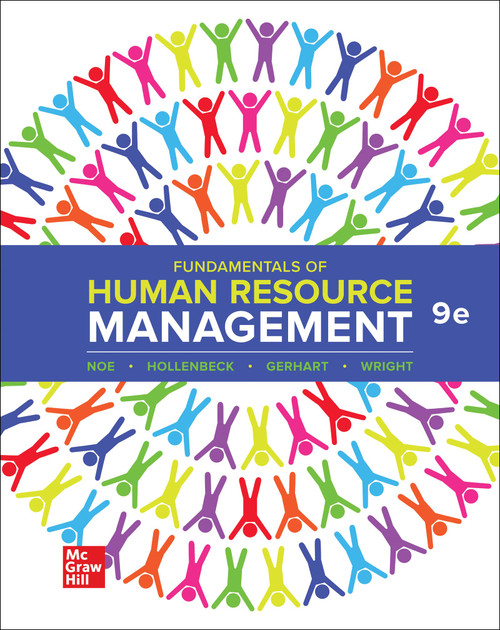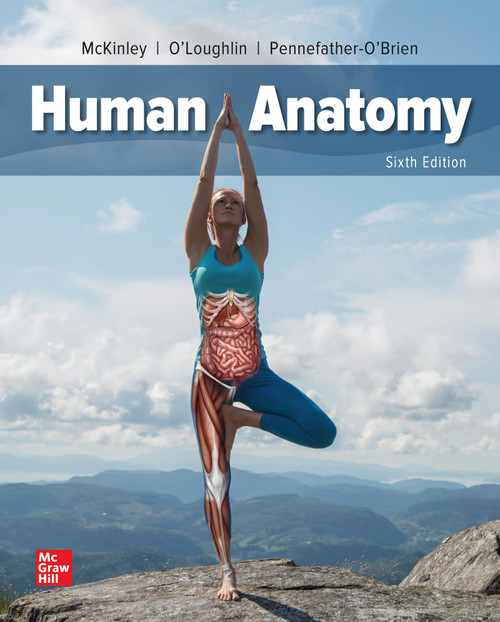All travelers appreciate a personal guide. For humanities students, LANDMARKS provides a chronological journey through the history of culture in one semester. Focusing on prominent landmarks from prehistory to the present, LANDMARKS introduces students to the creative endeavors of the human imagination and to the prominent ideas and issues that have shaped the course and character of the worlds cultures. The landmarks that mark this journey are the great works of their place and time; they have been transmitted from generation to generation as a living legacy. Understanding that a global humanities course is taught in varying ways, Gloria Fiero redefines the discipline for greater flexibility via a variety of personalized digital tools that meet and refine your teaching goals in less time. Enhanced by McGraw-Hill Educations SmartBook 2.0, Fiero delivers a learning experience tailored to the needs of each institution, instructor, and student. With the ability to incorporate new extended readings, streaming music, and artwork, LANDMARKS renews the understanding of the relationship between world cultures and humankinds creative legacy. LANDMARKS is unique in several ways: -It is interdisciplinary: it explores the interrelationship of various modes of expression - art, music, literature - as they work to create, define, and reflect the unique culture of a given time and place. -It is thematic: each chapter advances a key idea, presented in the chapter title and explained in the introductory paragraph. The key idea offers a context for individual landmarks as they unfold chronologically. For instance, Chapter 1 (Origins: The First Civilizations) surveys our earliest cultures, emphasizing human strategies for survival and communal life; Chapter 14 (Modernism: The Assault on Tradition) considers the radical rejection of conventional values and styles that revolutionized early twentieth-century culture. -It is selective: some landmarks have been chosen for their universality, some for their singular beauty, and some for their iconic or symbolic value. Certain landmarks - the Statue of Liberty, the Mona Lisa, the sonnets of Shakespeare - meet more than one of these criteria. The authors choice of landmarks may differ from those of other individuals, and readers may wish to add landmarks of their own. **Available exclusively on McGraw-Hill Create, the Traditions Collection contains western and non-western readings as well as ancient and contemporary offerings, hand selected from a number of different disciplines, such as literature, philosophy, and science. Find the readings here: www.mcgrawhillcreate.com/traditions
Loose Leaf for Landmarks in Humanities
McGraw-Hill Education
MSRP:
Was:
Now:
$86.89 - $111.48
(You save
)
(No reviews yet)
Write a Review

Write a Review

McGraw-Hill Education
Loose Leaf for Landmarks in Humanities
- SKU:
- UPC:
- 9781260672886
- Maximum Purchase:
- 2 units
- Binding:
- Loose Leaf
- Publication Date:
- 1/10/2020
- Author:
- Fiero, Gloria
- Language:
- English: Published; English: Original Language; English
- Edition:
- 5
- Pages:
- 504

Loose Leaf for Human Physiology
MSRP:
Was:
Now:
$99.28 - $117.15

Loose Leaf Version for Human Biology
MSRP:
Was:
Now:
$20.89 - $28.46

Loose Leaf for Humanities through the Arts
MSRP:
Was:
Now:
$104.41 - $142.96

Loose Leaf Version for Human Anatomy
MSRP:
Was:
Now:
$89.29 - $105.49

McGraw-Hill Humanities/Social Sciences/Languages
Landmarks in Humanities
MSRP:
Was:
Now:
$19.67 - $155.89

Loose Leaf for Fundamentals of Human Resource Management
MSRP:
Was:
Now:
$71.79 - $96.40

Loose Leaf for Anthropology: Appreciating Human Diversity
MSRP:
Was:
Now:
$14.89 - $132.18
!


